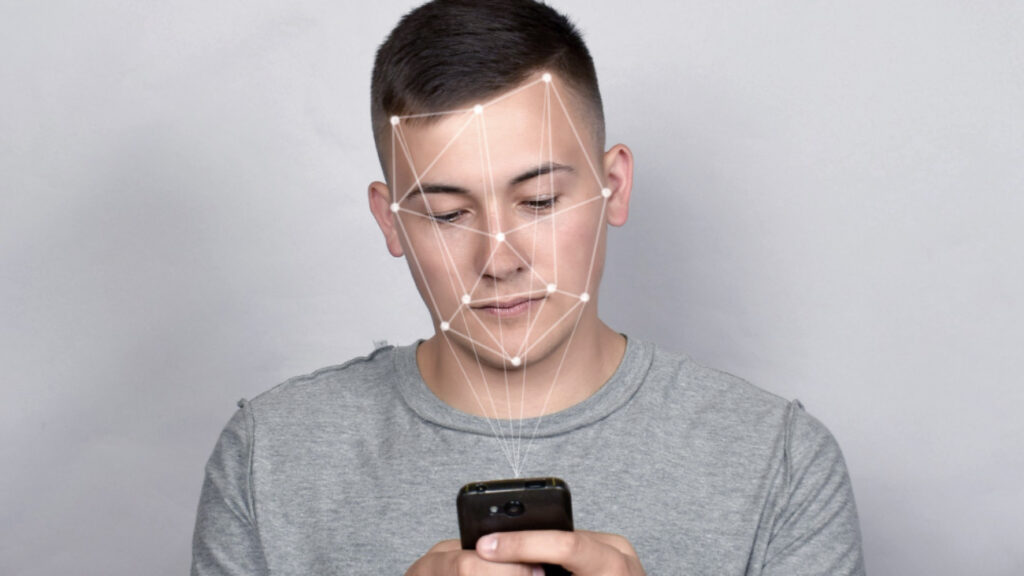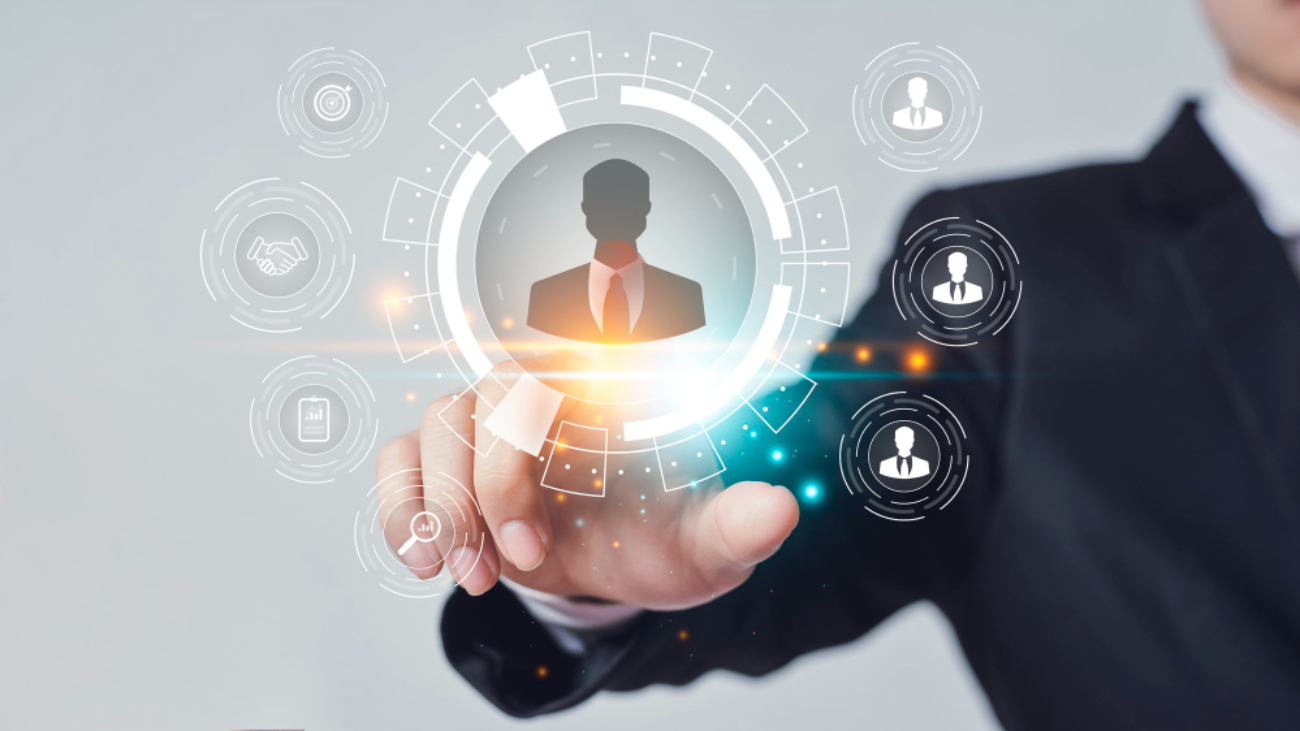Face recognition technology is becoming increasingly prevalent in our society. Many phones and laptops now have built-in face recognition software, which can be used to unlock the device or log into certain accounts. In addition, this technology is being used by businesses to track customer behavior and by law enforcement to identify suspects.
Bahaa Abdul Hadi observed that while there are many potential benefits to face recognition, there are also privacy concerns. Some people worry that this technology will be used to invade their privacy or collect sensitive data without their consent. As the use of face recognition continues to grow, it is important to have a dialogue about its potential implications.
How do face recognition applications work?
Face recognition applications work by mapping facial features and comparing them to a database of known faces. The most common facial features that face recognition applications use are the distance between the eyes, the width of the nose, and the shape of the jawline. By mapping these facial features, face recognition applications can create a unique “fingerprint” for each face.
When a new face is presented, the face recognition application will compare it to the fingerprints in its database and attempt to find a match. If a match is found, the application will return the name or other information associated with that face.
Otherwise, the application will typically return an error message. While face recognition technology is not perfect, it has come a long way in recent years and is now used in a variety of applications, from security systems to social networking.
What are the benefits of using face recognition applications?
Face recognition technology is becoming increasingly common, with applications that range from unlocking your smartphone to providing security at airports. While this technology still has some limitations, it offers a number of potential benefits. One of the most obvious advantages is convenience.
Face recognition can be used to quickly and easily unlock devices or gain access to secured buildings. It also has the potential to improve safety. For example, face recognition can be used to identify individuals who are on a terrorist watch list or who have been banned from entering a certain area.
In addition, face recognition can be used to track down missing persons or assist in criminal investigations. Overall, face recognition technology shows promise as a convenient and effective way to enhance security and improve our everyday lives.
How accurate are face recognition applications?
Face recognition apps have become increasingly popular in recent years, with many people using them to unlock their phones and to tag friends and family in photos. However, there is growing concern about the accuracy of these apps, particularly when it comes to identifying people of color.
In a recent study, researchers found that face recognition apps were significantly more likely to misidentify African American and Asian faces than white faces. This is a troubling finding, as it suggests that face recognition technology may be biased against certain groups of people.
However, it is important to note that the accuracy of these apps is constantly improving. And that the current generation of face recognition apps is far more accurate than the first generation. As such, while there are still some concerns about accuracy, face recognition technology is rapidly becoming more reliable.
Thank you for your interest in Bahaa Abdul Hadi blogs. For more information, please stay tuned to www.bahaaabdulhadi.com







